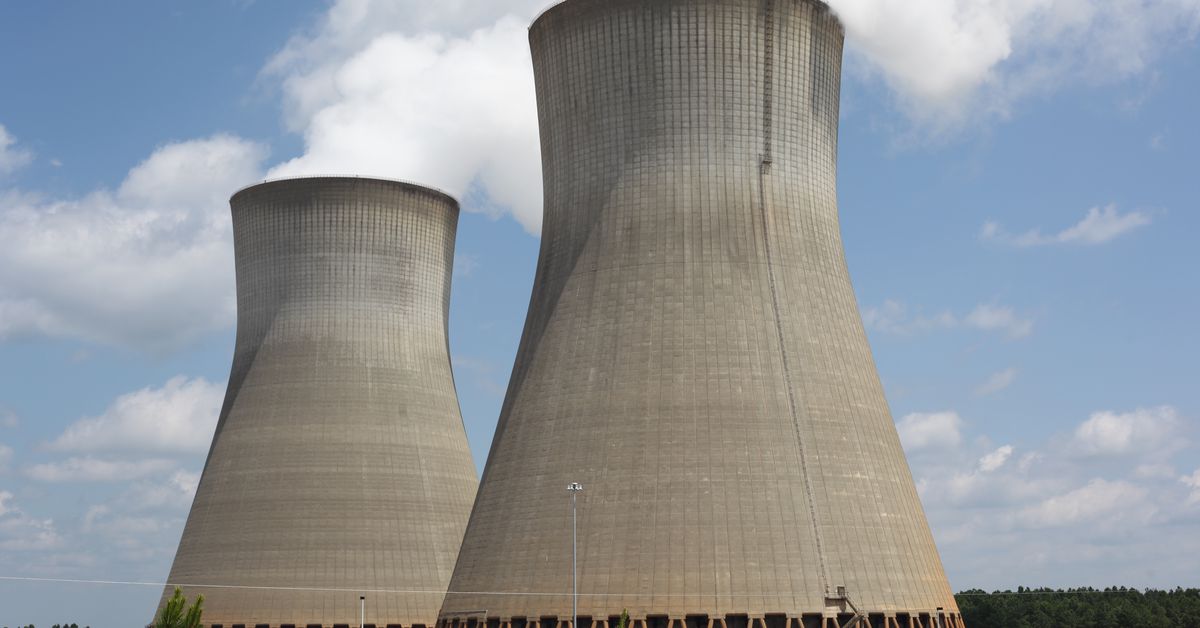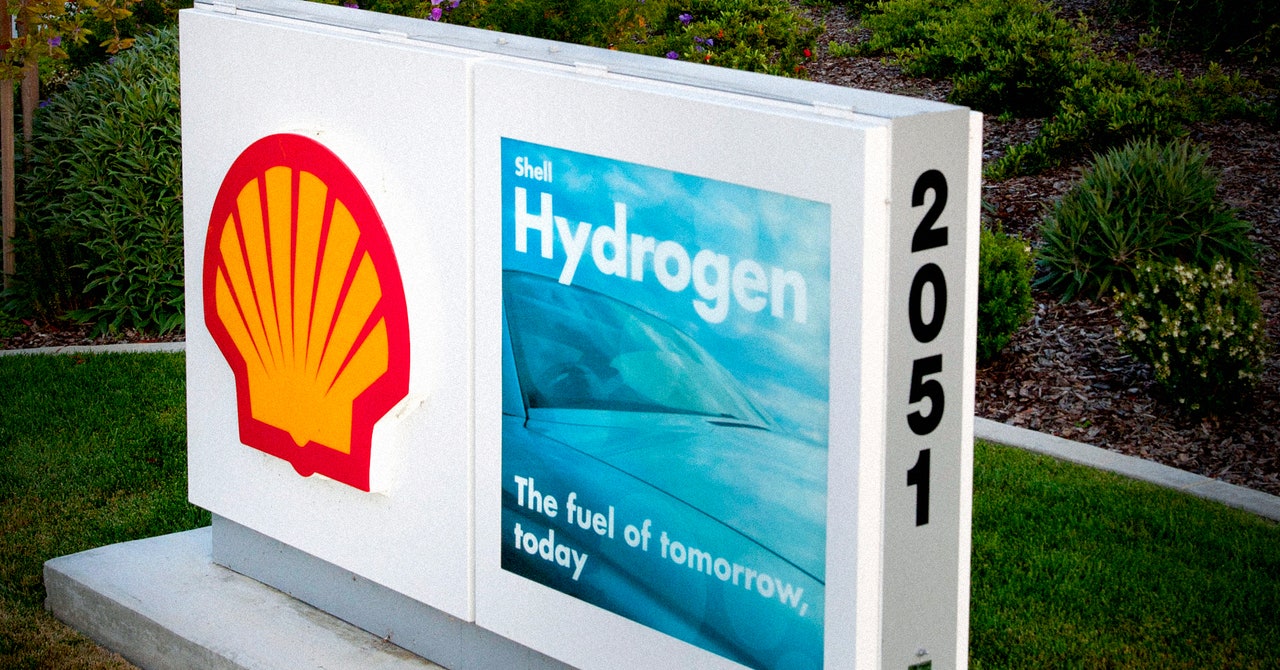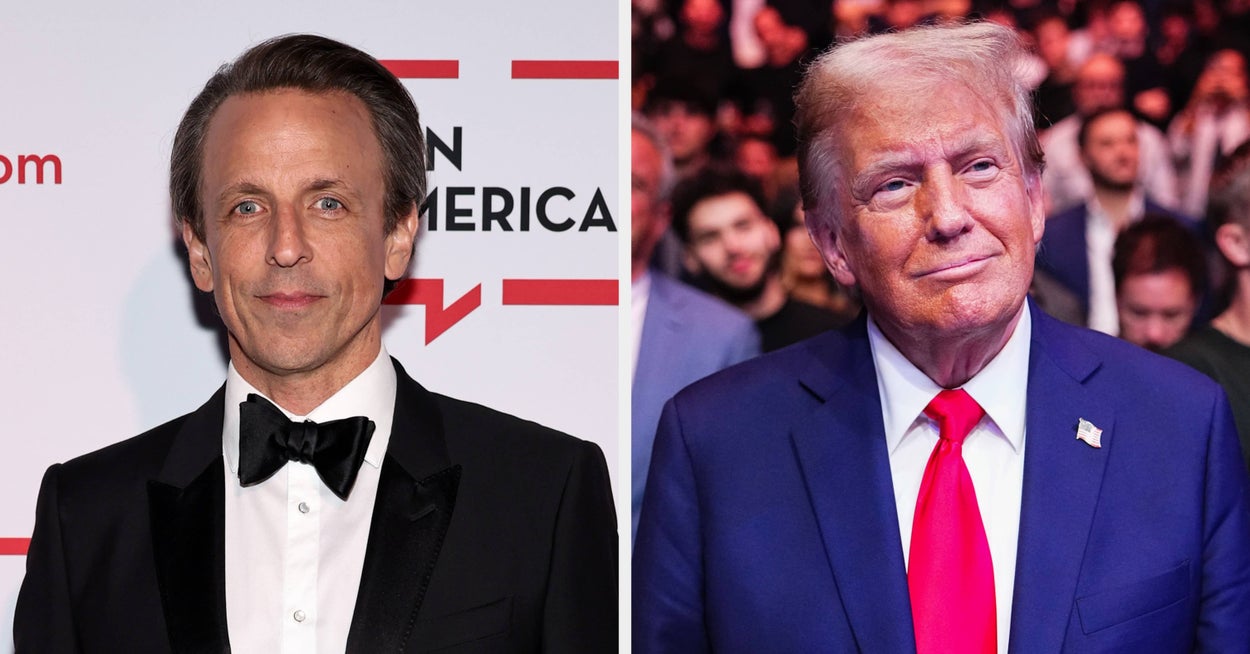
The US has a new roadmap for massively ramping up how much electricity it gets from nuclear reactors.
The Biden administration released the document on Tuesday, but with President-elect Donald Trump heading back into the White House, there’s no telling whether the plan will ever become a reality. That said, the nuclear industry has gained a fair amount of bipartisan support — not to mention buy-in from big tech.
For now, nuclear energy makes up nearly 20 percent of the US’s electricity mix. That’s roughly the same amount of electricity the US gets from renewables like wind and solar. The rest — 60 percent of electricity in the US — comes from fossil fuels. Another way to think of it is that nuclear reactors generate nearly half of the nation’s carbon pollution-free power.
The nuclear industry has gained a fair amount of bipartisan support — not to mention buy-in from big tech
There are still big environmental concerns about mining uranium for fuel rods as well as radioactive waste from nuclear power plants. Nevertheless, nuclear energy has garnered support from some environmental groups and the Biden administration as a way to generate electricity without producing greenhouse gas emissions. It’s also seen as a steady energy supply that can fill in when wind and solar energy fluctuate. The US joined an international commitment last year to triple renewable energy capacity globally.
The White House laid out a target yesterday of installing 200 gigawatts of new nuclear energy capacity by 2050, at least three times as much as the US had in 2020. There are interim goals, starting with deploying 35GW of new capacity by 2035 and then ramping up to add 15GW per year by 2040.
That’s no easy task. Nuclear energy in the US comes from an aging fleet of nuclear power plants. Most of them were built in the 1970s or ’80s, and the average age of a nuclear reactor in the US is 42 years old. The nuclear industry faced stigma following high-profile accidents at Three Mile Island in Pennsylvania, Chernobyl in Ukraine, and Fukushima in Japan. And over the years, nuclear had trouble competing with more affordable, flexible power sources — namely gas.
The first newly built nuclear reactor in the US in decades, the Vogtle Unit 3 reactor in Georgia, came on line in 2023. It was seven years past its original deadline and $17 billion over budget. Another new reactor at the same site started operating in April of this year. Construction on those reactors started in 2009.
High costs, on top of how challenging it can be to site and build a large nuclear plant, have limited the industry’s growth. The industry’s solution has been to start developing next-generation technology, called small modular reactors (SMRs). These advanced reactors are about one-tenth to one-quarter the size of a traditional nuclear energy plant, which is supposed to make them cheaper and easier to construct.
To reach its nuclear goals, the Biden administration’s roadmap calls for building new reactors, large and small. It also makes the case for renewing licenses to extend the lifetimes of older reactors and even restarting reactors that have been retired.
Big tech, notably, has been giving the industry a leg up lately with a slew of new agreements this year to purchase nuclear energy and support the development of advanced reactors.
Microsoft inked a power purchase agreement in September to help restart a reactor at Three Mile Island. Amazon Web Services bought a nuclear-powered data center campus in Pennsylvania in March. Last month, Amazon announced three more deals to help develop SMRs that it might eventually buy electricity from in Washington state and Virginia. Google, meanwhile, announced plans in October to buy electricity from SMRs that would be built between 2030 and 2035.
Trump is expected to try to undo many of President Joe Biden’s efforts to slash greenhouse gas emissions as part of his administration’s planned deregulation spree. But he’s been less antagonistic with nuclear energy in the past. His Agenda 47 says he’ll “support nuclear energy production… by modernizing the Nuclear Regulatory Commission, working to keep existing power plants open, and investing in innovative small modular reactors.”
Then again, anything could happen once Trump steps back into office. He cast some doubt on a nuclear renaissance during an interview with Joe Rogan on October 25th, saying, “I think there’s a little danger with nuclear.” He was characteristically dismissive of the risks posed by climate change, which research shows is intensifying disasters including storms, heatwaves, and droughts. “The biggest problem in the world today is not global warming,” he said to Rogan. “It’s nuclear warming.”








